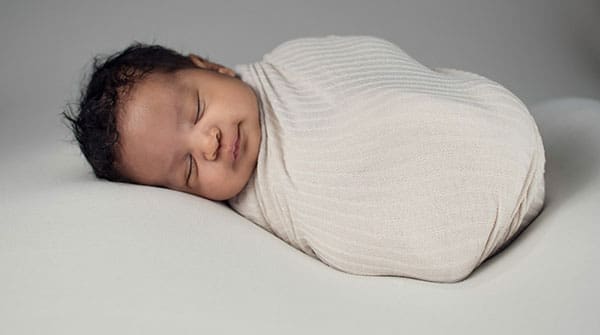Promises safer delivery of medication for newborns at risk of cerebral palsy
A new method to administer treatment to infants at risk of cerebral palsy, spearheaded by a research team from the University of Alberta, promises safer delivery of critical early-life medication for newborns suffering from suspected brain injuries, potentially preventing the onset of the condition.
Cerebral palsy, a condition affecting movement and posture due to brain injury, has historically left medical professionals with limited options for intervention. “Brain injury during labour and delivery is a leading cause of cerebral palsy, but until now, we’ve had minimal ability to assist these infants directly following birth,” explained Larry Unsworth, a professor of biomedical engineering and a member of the Women and Children’s Health Research Institute.
 Larry Unsworth |
 Jerome Yager |
Traditionally, one treatment for hypoxic-ischemic encephalopathy (HIE) – brain injury caused by oxygen deprivation – has been therapeutic hypothermia, a process that involves cooling the infant’s body to reduce brain cell metabolism and limit further damage. However, this method has shown limited effectiveness for moderate to severe cases of HIE.
Funded by the Stollery Children’s Hospital Foundation through the Women and Children’s Health Research Institute (WCHRI), Unsworth, together with pediatrics professor Jerome Yager and researchers Jung-Lynn Jonathan Yang, Rukhmani Narayanamurthy, and Ed Armstrong, embarked on finding a more effective solution.
“We wondered if there was a way to target the change in the local brain tissue caused by HIE to reduce damage in the brain,” Unsworth said, The solution they explored involved developing a new method for delivering anti-inflammatory medications, specifically dexamethasone, directly to the affected areas of the brain without harming other organs.
The research team engineered a self-assembling peptide system capable of transporting the medication directly to the brain injury site. “The system is designed to activate the drug molecules only when they reach the cooler temperatures of the brain, bypassing the blood-brain barrier while the infant’s head is cooled and the body remains at a normal temperature,” Unsworth elaborated.
This precision in drug delivery not only enhances safety but also allows for the potential preventive administration of the medication. “Our goal was to ensure immediate therapeutic access to the affected brain regions as soon as possible after the newborn’s birth, coinciding with the brain hypothermia treatment that is a standard practice in neonatal intensive care units,” stated Yager.
The research team is currently seeking additional funding to further develop and commercialize the technology, aiming to significantly improve outcomes for children affected by cerebral palsy. “Targeted treatment to these injured cells could dramatically improve the outcomes of children who suffer from this condition,” Unsworth said, highlighting the potential impact of their discovery.
| Staff
The opinions expressed by our columnists and contributors are theirs alone and do not inherently or expressly reflect the views of our publication.
© Troy Media
Troy Media is an editorial content provider to media outlets and its own hosted community news outlets across Canada.


